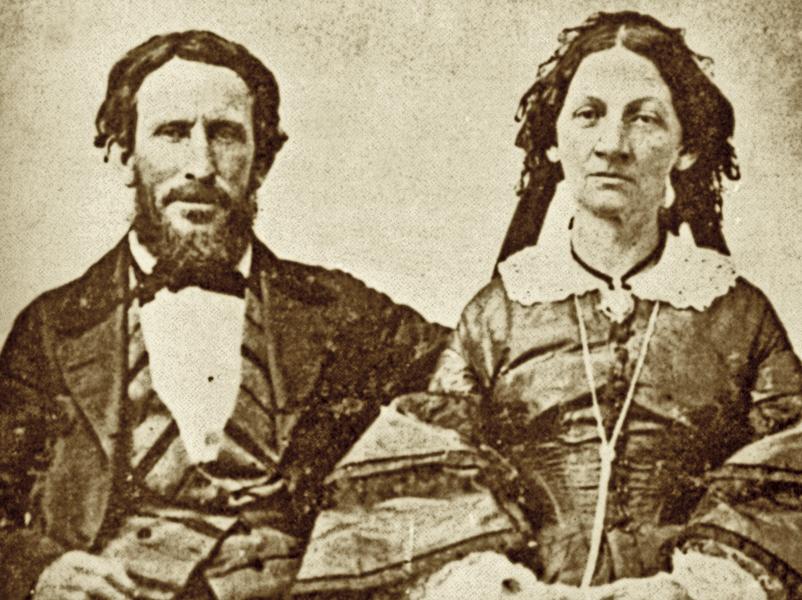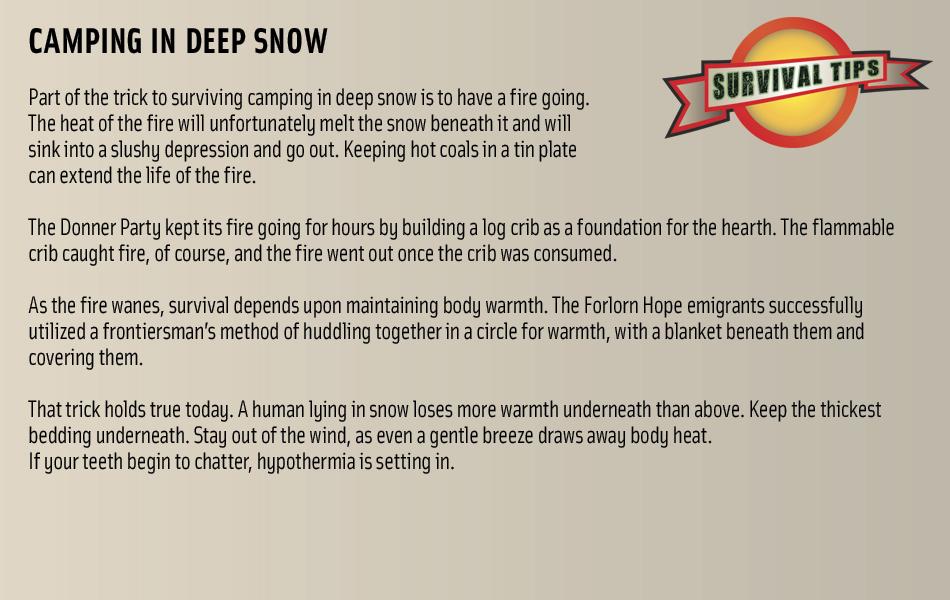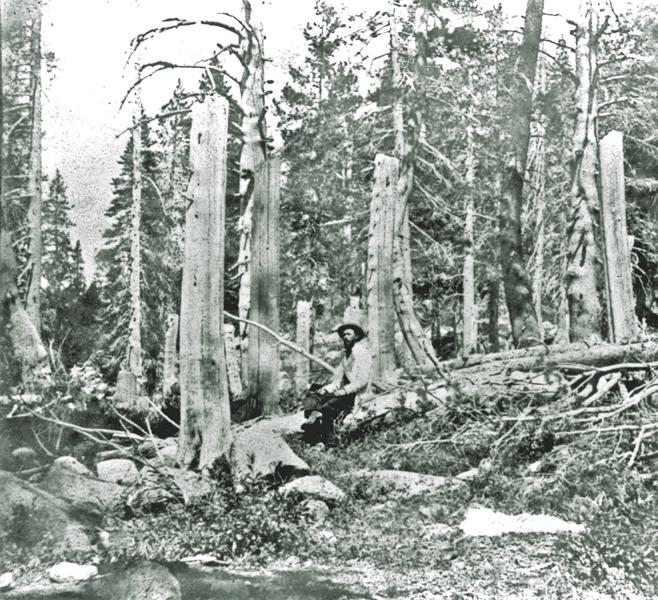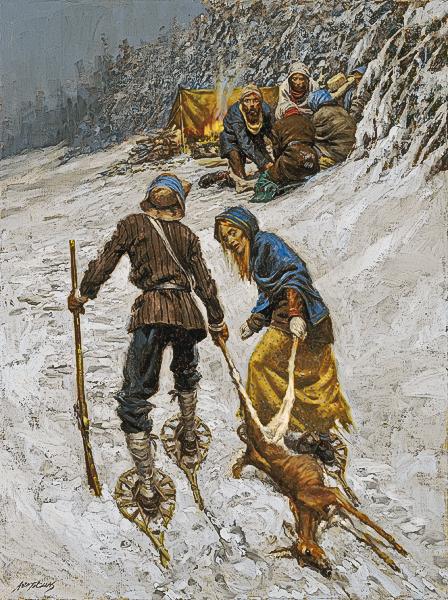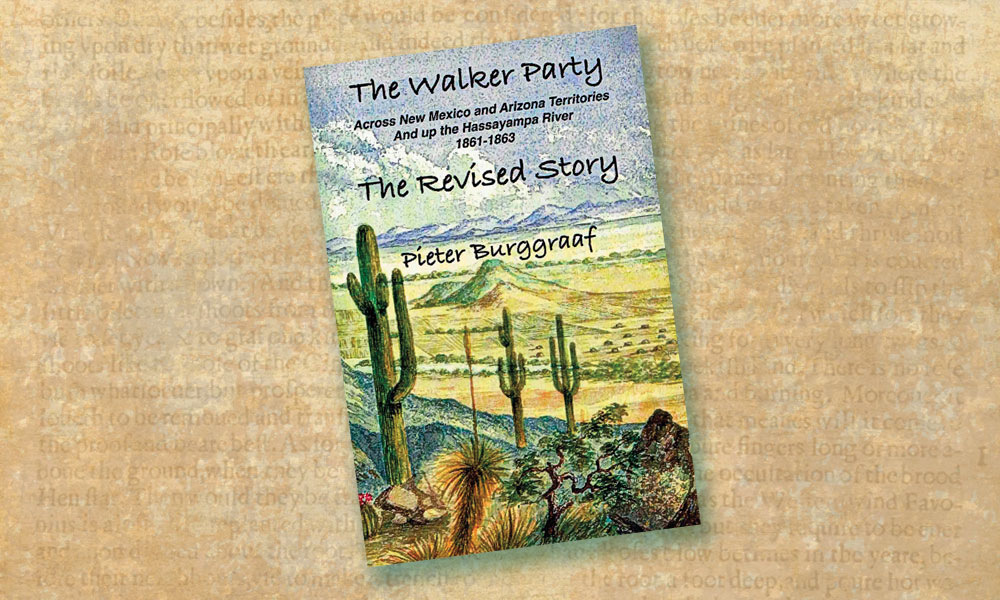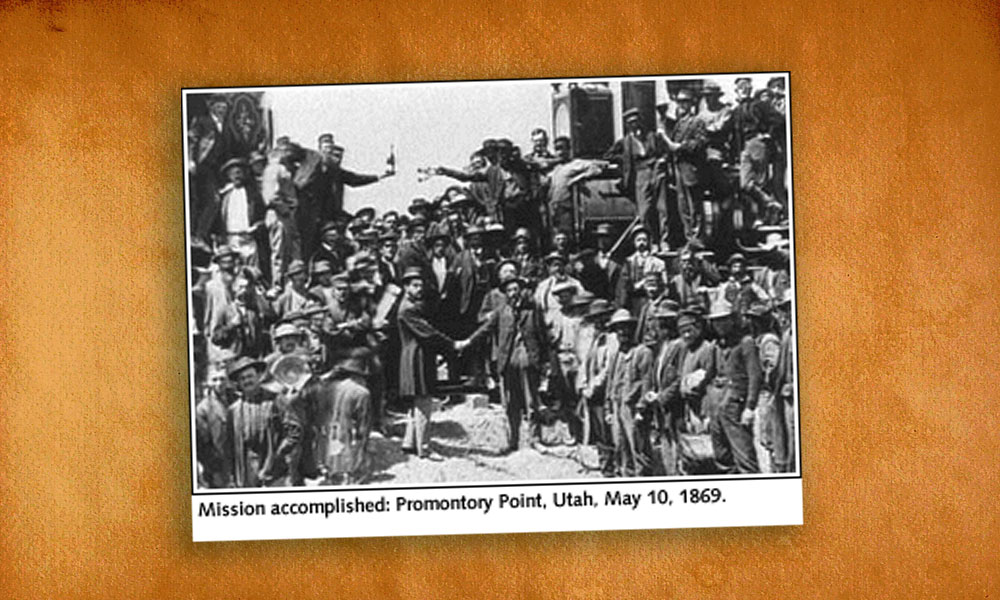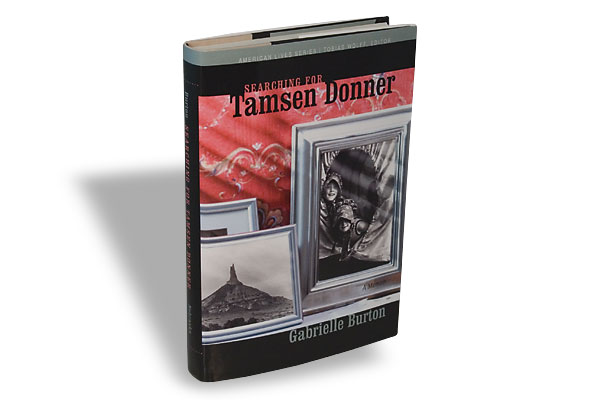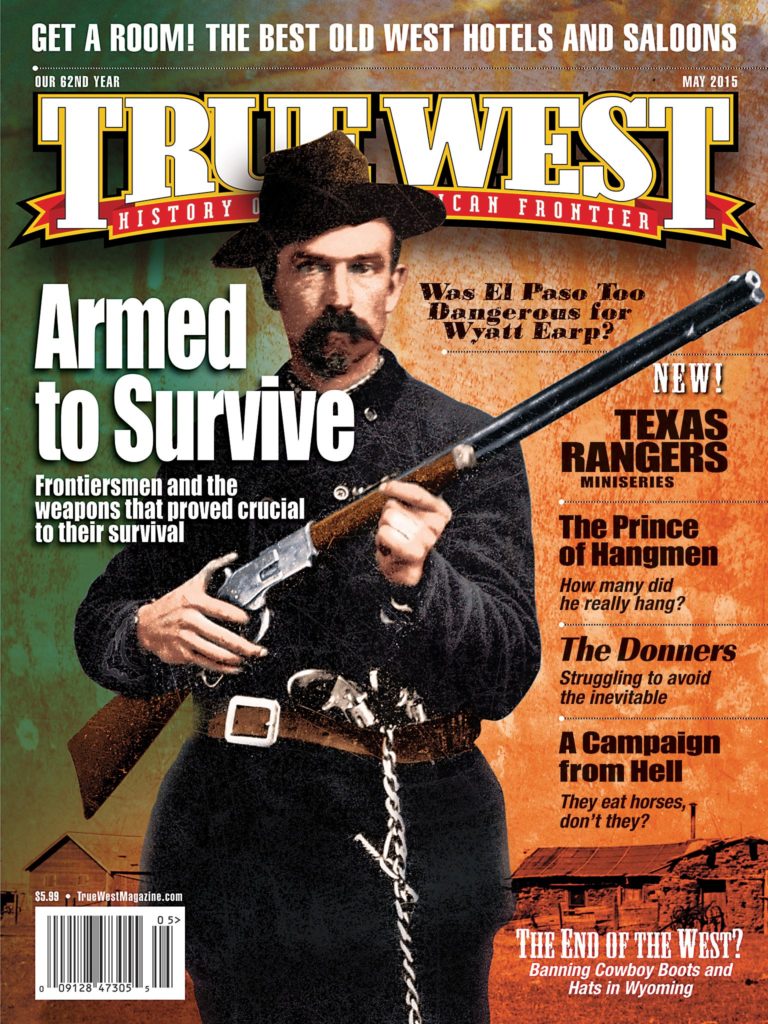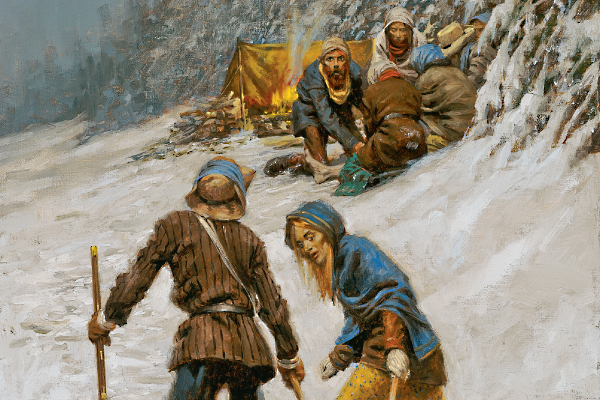
The Donner-Reed Party remains the most famous wagon train in the history of the West. William Eddy and his family from Illinois—Eleanor, James and Margaret—were present when a splinter group of Col. William Henry Russell’s wagon train elected George Donner as its captain, with James Reed serving as co-captain.
This group followed the Hastings Cutoff, a new shortcut to California that set them upon a longer track largely unsuitable for wagons.
The party bled time and strength building roads and crossing deserts. The social fabric of the group evaporated. Three murders occurred between Fort Bridger and the party’s entrapment in the Sierra Nevada Mountains on Halloween 1846. Before reaching the Sierra passes, the wagon train dissolved into family groups, often camping miles apart. Heavy snows pummeled them, and the livestock was soon lost in deep snowdrifts. They faced starvation if they stayed in the mountains. A group failed to break out in late November as the snow piled deeper.
On December 16, 1846, seventeen of the strongest emigrants, deemed the “Forlorn Hope,” set out on crude snowshoes constructed by sawing wagon ox-bows into strips tied with rawhide thongs. Among them were Eddy and two Indian vaqueros who had brought in food from Sutter’s Fort shortly before the passes closed. The party struggled roughly four miles the first day, with two members turning back. The emigrants who forged ahead camped in the snow, building platforms each night to keep the fire from sinking into the snowdrifts.
The party crossed to the western side of the pass, but the bitter cold took a heavy toll, as sleeping exposed in the snow consumed more calories than supplies could replace. Hypothermia was evident by day four. On day seven, the group ran out of food.
On Christmas Eve, another blizzard hit. One man who perished on Christmas was butchered for food. The storm pinned the party in place four more days. It was then that Eddy first consumed human flesh.
Madness followed as the desperate snowshoers considered where to find food. They discussed two men dueling and eating the loser. One individual threatened to kill three women, and Eddy had to pull his knife to protect them. When the party’s Indian guides overheard arguments about eating them, the vaqueros fled, but were found, murdered and eaten. All who died became sustenance for the living.
With his compatriots finally incapacitated, Eddy struggled forward alone, finding relief from the Miwoks who helped him reach William Johnson’s Ranch, just over a month after the beginning of the escape attempt. Eddy sent back help, but only seven of the 15 snowshoers survived. Eddy bravely volunteered to return to the snowbound camps and rescue his family, but that is another survival tale.
Survival Tip: Camping in Deep Snow
Part of the trick to surviving camping in deep snow is to have a fire going. The heat of the fire will unfortunately melt the snow beneath it and will sink into a slushy depression and go out. Keeping hot coals in a tin plate can extend the life of the fire. The Donner Party kept its fire going for hours by building a log crib as a foundation for the hearth. The flammable crib caught fire, of course, and the fire went out once the crib was consumed. As the fire wanes, survival depends upon maintaining body warmth. The Forlorn Hope emigrants successfully utilized a frontiersman’s method of huddling together in a circle for warmth, with a blanket beneath them and covering them. That trick holds true today. A human lying in snow loses more warmth underneath than above. Keep the thickest bedding underneath. Stay out of the wind, as even a gentle breeze draws away body heat. If your teeth begin to chatter, hypothermia is setting in.
History in Art
By Illustrator Andy Thomas
William Eddy and Mary Ann Graves were overjoyed at killing a “skeletal” deer on January 4, 1847. The campers heard the shooting, and Jay Fosdick said he hoped he lived long enough to eat the meat. He didn’t. Eddy arrived with deer scraps to find the group had carved up Fosdick’s body. This was not the first time the travelers had resorted to cannibalism, but the moment is so tragic. In this artist’s concept, I tie all the participants together, even though Graves remained behind to dry out the rest of the deer.
Photo Gallery
– True West Archives –
– Courtesy Library Of Congress –
By Illustrator Andy Thomas


